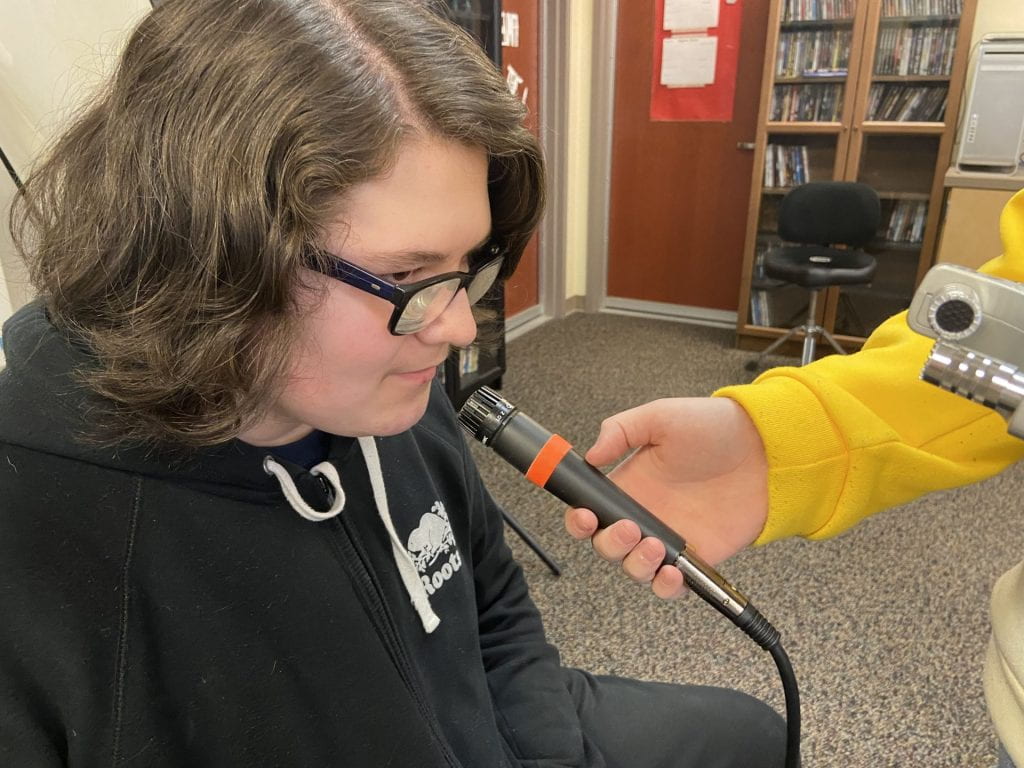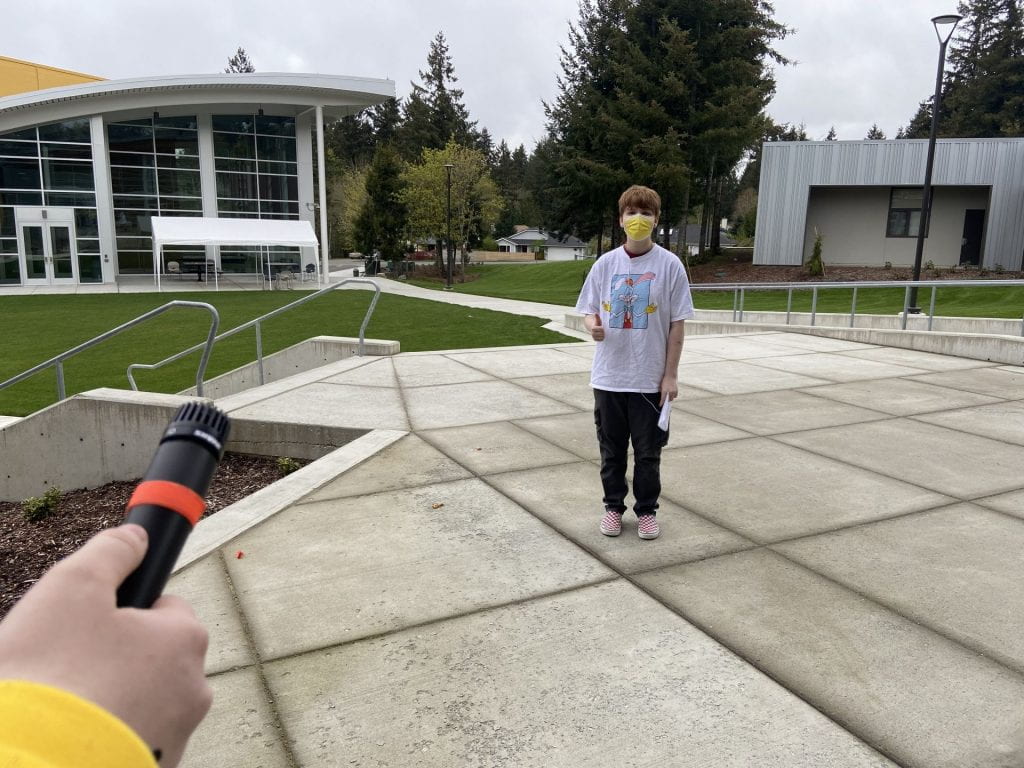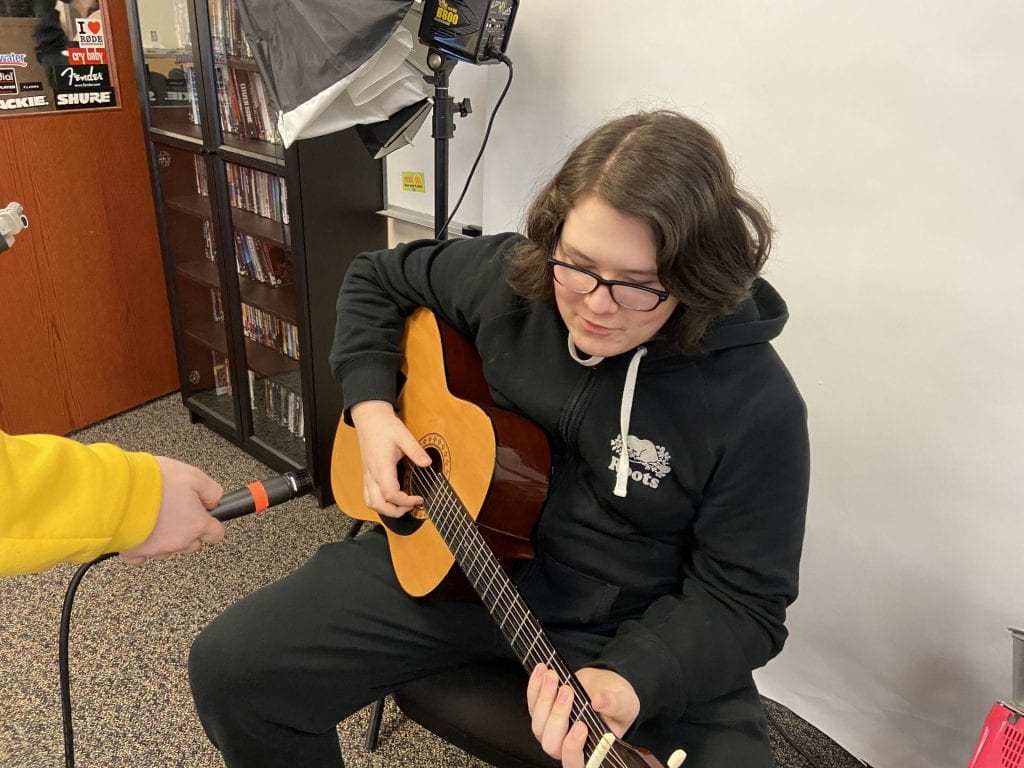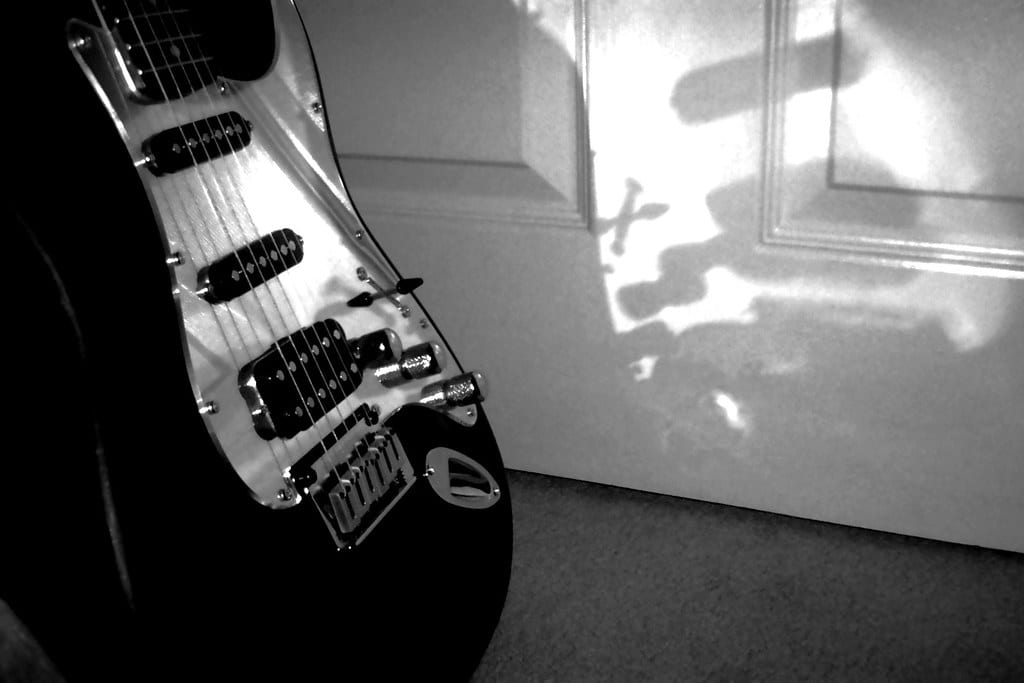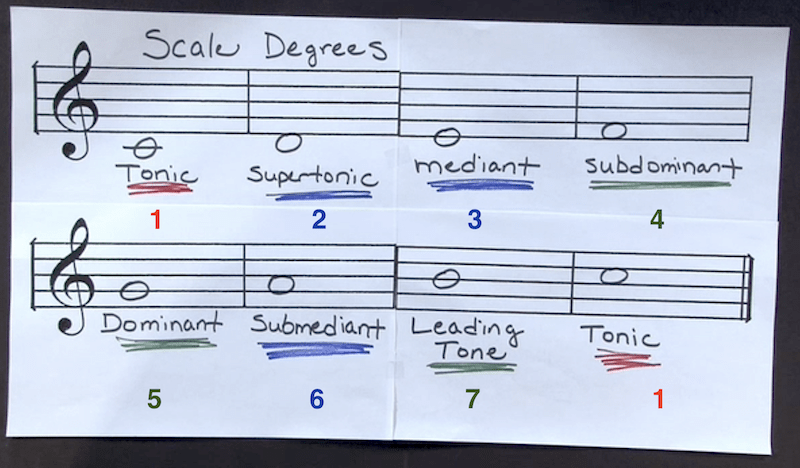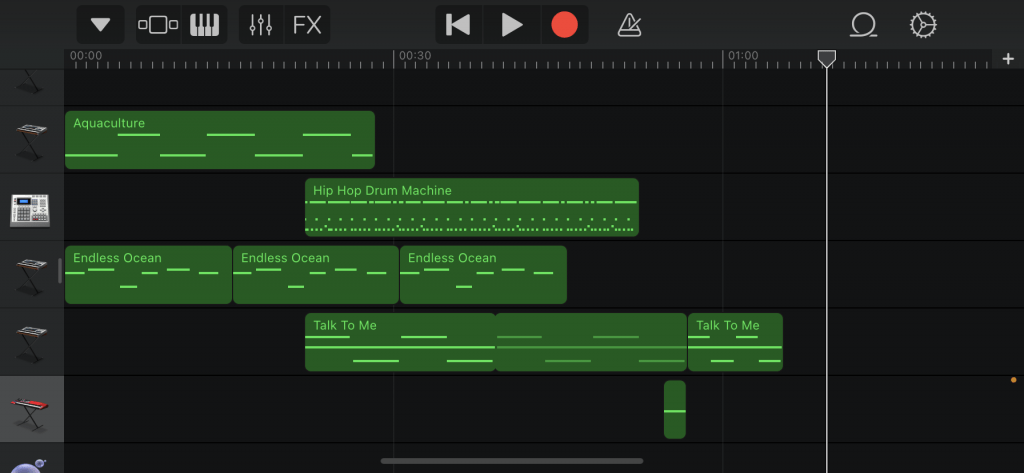
SUMMARY
I practiced researching independently for this session. First making the intention to learn about how song structure impacted the different structures within a single song. I have held stubborn opinions on what it means to make good music and notice myself idealizing the notion that music and art would be made better with a lesser amount of “rules”. This was similar to my starting perspective, and was a driving force in my curiosity about music structure. What are the “rules” of music? Why should we care about them?
Intention (SMART Goal)
By October 14th, as part of my School of Rock goal, I will have completed some research in music theory/ the formula for making music. I will focus on techniques described in “the Addiction Formula” by Friedemann Findeisen. The main intention I have for this project is to develop a better understanding of song structure and the components of a song that are interdependent on one another.
PRE-PRODUCTION – INQUIRY
Leader(s) in the Field / Exemplary Work(s)
Friedemann Findeisen:
“Friedemann is a best-selling author and a Bachelor of Music. He has written over 1000 pieces of music in a wide variety of styles. He is a frequent guest speaker at conservatories all over Europe and coaches some of Germany’s biggest songwriters.” (holistic-songwriting.com)
Training Source(s)
Book of reference: The Addiction Formula by Friedemann Findeisen
SMART Goal Schedule
I spent each day since the beginning of this smart goal session in School of Rock reading The Addiction Formula and taking notes where I saw fit (approximately every page/every couple of pages) alongside my reading and research from other sources I previously listed, I spent this time listening to music throughout the process to help me locate and compare the “ingredients” to the formulas used in the songs I connected to and how much they aligned with Findeisen’s approach.
RESEARCH HIGHLIGHTS
Recurring Song Structures Referenced:
- Verse, chorus, verse, chorus, bridge, chorus
- Chorus, verse, chorus, verse, chorus
- Verse, chorus, verse, chorus, prim-bridge, chorus
The Addiction Formula book:
“The intro sets the status quo, lyrics introduce what the song is about, and the tone tells us how the singer feels.” (The Addiction Formula) Taking advantage of these opportunities would mean describing the subject while preserving ambiguity to help build interest during the early developments of a song and keep the audience hooked on potential outcomes.
Progressions should consider the contents of a song, and the length of the song, along with patterns of hype. Findeisin shared that music creators should avoid reverting to the original energy levels/status quo of a song as it gradually moves forward. Of course, this can vary within context, but most music matching Friedemann’s formula reflects similar developments as one finds in literary formulas such as “The Heroes Journey.” As he said, “In songs, the focus is to move forward.” This means that when working with high-energy areas, do your best to avoid reverting to the original energy level or the status quo you’ve set for your song. After using techniques such as implied tension, or creating tension with instruments or pitch. If not through adding effects or inputting/editing vocals (etc.) “Your hero has gone through too much,” our audience experiencing the music with us will likely be confused or disappointed if your song overshoots, and delivers a “false promise.”
Distribution of Energy:
- Don’t make a predictable/ boring second verse- “Raise hype levels, and give the song direction by changing small things“
- Increase the hype levels every 4 or 8 bars
- Control both hype and tension, and avoid making transitions exist for “completion’s sake”
- Decide the number of energy peaks prior to composition- 3 is the most common (not counting repetitions)
- 1 2 3 RULE- Introduce, Repeat, Change
- “End big”
SONGWRITING DECK:
Friedemann Findeisin’s works offered interesting ideas that hold great potential for me as I work through my creative processes. A songwriting deck he created was an additional tool I skimmed through occasionally. In this deck of cards, there are songwriting exercises. Exercises Findeisin proposed that composers use or experience. Advice that helped me adapt my mindset as a lyricist focused on techniques used to maintain spontaneity. At one point I discovered a statement of his that read, “Do not pre-structure your lyrics and do not start with a concept.” A technique used to keep a satisfying, relatable human flow for crafting developments of a song. To keep progressions natural and fluid. Alongside this, other texts repeatedly communicated that “every element of a song is interdependent to its surroundings”. A concept somewhat tricky for me to understand in a manner that considered his other suggestions. Though, in general, it is a sensible holistic view he maintains. His blunt personality, alternative perspectives, and musical knowledge combined with suggestions to implement power words or calls to action, and to elaborate on complete features while keeping simplicity, made the tool a somewhat dense resource.
“Songs that don’t have a chorus” (David Bennet Piano)
Choruses:
- Periodically repeated throughout the song-each time with “pretty much the same lyrics/music”
- Energy/tension released
- Predictable structure
NO chorus songs: (Ex: Jesus of suburbia/ bohemian rhapsody)
- Do not return to a given segment
- Can sneak by with memorable moments/ peaks/ excitement/ episodic structure
- Structure examples, AABA,- verse, verse, middle, verse, verse
- Instrumental choruses (7 Nation Army)
- Strophic form- AAAA
POST-PRODUCTION – REFLECTION
21st Century Skills
Ways of Thinking (Creativity, Innovation, Critical Thinking, Problem Solving)
I demonstrated critical thinking skills by applying recently gained knowledge and initial understanding to examples of music from numerous backgrounds and cross-referencing patterns described in The Addiction Formula to test how consistent they are. Critical thinking skills are vital for maintaining and increasing our knowledge of everything we interact with to ensure it serves us in the way intended.
Ways of Working (Communication & Collaboration)
The few times I was confused or in search of additional resources to complete this project I emailed or spoke with people and was able to find the information I needed. Communication is a fundamental life skill.
Tools for Working (Info & Media Literacy)
This project allowed me to practice info and media literacy because I used this time to read and annotate information from a book along with a few other videos online. I then compiled the developments of this session into a blog post online. Practicing how to share ideas effectively using technology.
Ways of Living in the World (Life & Career)
The life skills I applied during this session were largely independent skills because I worked individually. Research and analytical skills were the focus specifically. These qualities can translate to most events throughout someone’s life or career. Helping us to recognize the necessary who/ what/ how/ where/ why/ when that arise.
Reactions to the Final Version
Self-Evaluation
This session served as an opportunity for me to learn the fundamentals of conventional music structure. It gave me a better grasp of what it means to follow the “rules of music”. Before reading and annotating The Addiction Formula my opinions on composition favored less structure. After reading The Addiction Formula, I understand the importance a lot more. I have a more consistent order of the things I consider, and an improved idea of how these features relate to one another. I still believe that you can’t always rely on a formula for creation when it comes to “good” art. Something I acknowledge can be controversial at times. Yet simultaneously, I have accepted some amount of the ideas mentioned in the book. My acceptance of views from this book may also be related to how I learned that so many of the guidelines described from my sources (primarily The Addiction Formula) reference the way that many of these musical inclinations people have when arranging or composing appear to be intuitive. Meaning most people gravitate towards the structure without much force. I didn’t realize that so much of what I considered basic knowledge was the skeleton of the “music formula”. As I complete this session, I read part one of the book and worked a while into part two of three. Knowing what I know now, will hopefully help me adapt my perspective as I continue my research.
Grammar and Spelling
Grammarly

